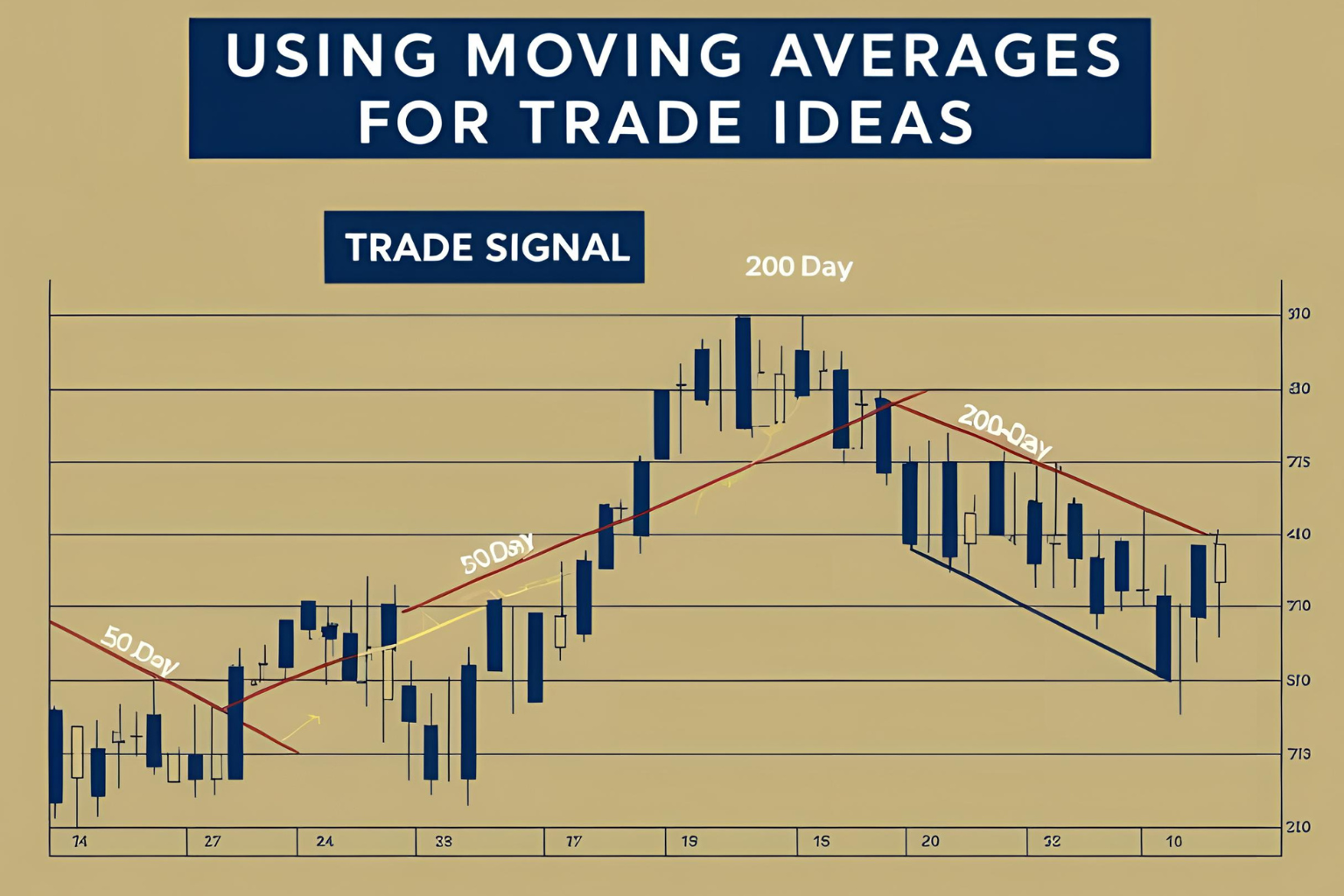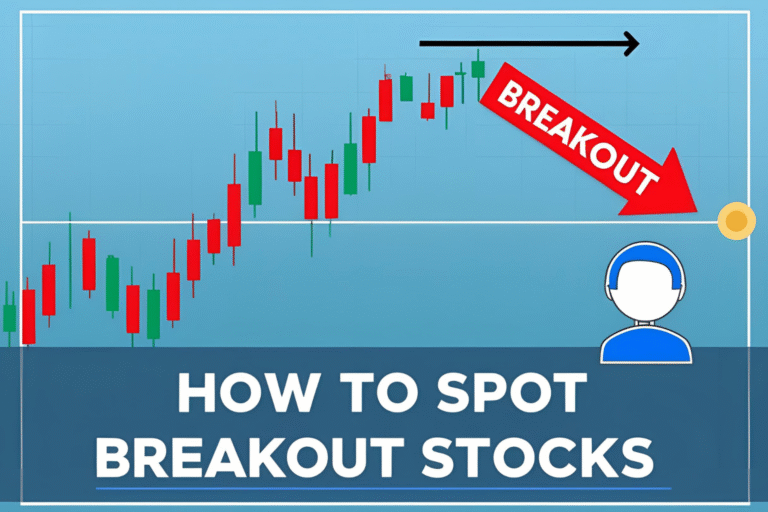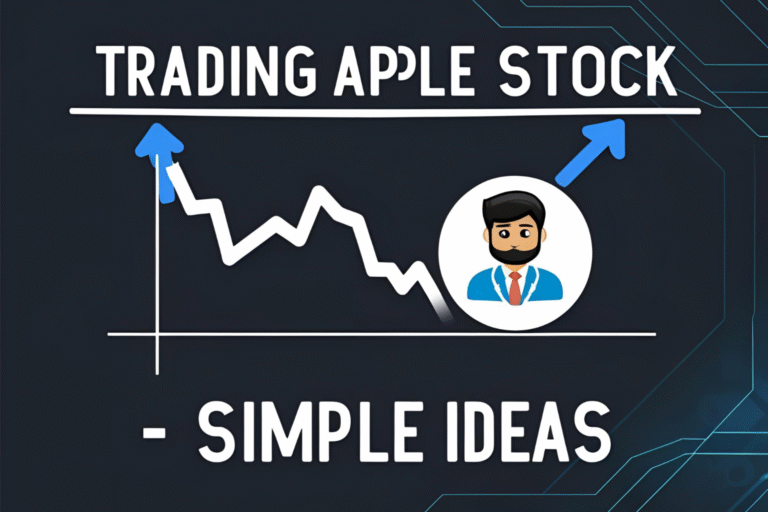Using Moving Averages for Stock Trade Ideas
Moving averages are among the simplest and most effective tools for identifying trade setups in the stock market. For beginner traders, they provide clear visual cues for spotting trends, timing entries, and managing risk. In this guide, we’ll cover how to use moving averages—especially the 50-day and 200-day lines—to generate reliable stock trade ideas.
What Is a Moving Average?
A moving average (MA) smooths out price data by averaging it over a set number of periods, helping you identify the overall direction of a stock.
- 50-Day Moving Average (50-DMA): Used for short- to medium-term trend analysis.
- 200-Day Moving Average (200-DMA): Used for long-term trend direction.
1. Trade the Pullback to the 50-Day Moving Average
One of the most popular strategies is buying a stock that’s in an uptrend when it pulls back to its 50-DMA.
Strategy:
- Entry: Wait for the stock to touch and bounce off the 50-DMA.
- Stop-Loss: Below the recent swing low or the 50-DMA.
- Target: Prior highs or projected resistance.
Why it works:
Institutions often buy at these levels, making it a high-probability setup for beginners.
2. Look for Golden Cross Setups
A Golden Cross occurs when the 50-DMA crosses above the 200-DMA—a strong bullish signal.
Strategy:
- Entry: Enter once the crossover occurs and the stock confirms an uptrend.
- Stop-Loss: Below the 200-DMA.
- Target: Use trendlines or Fibonacci extensions to estimate profit zones.
Bonus Tip: Use TradingView alerts to notify you of Golden Crosses on your watchlist stocks.
3. Use Moving Averages as Dynamic Support and Resistance
Moving averages can act as invisible support (in uptrends) or resistance (in downtrends).
How to use it:
- Avoid buying when the price is below both the 50- and 200-DMA.
- Use the moving averages as confirmation for trade direction.
Example: If a stock breaks above the 200-DMA after weeks of staying below, it could signal the start of a new trend.
FAQs
Which moving average is best for beginners?
The 50-DMA is a great starting point. It’s widely used and works well with trending stocks.
What’s the difference between SMA and EMA?
- SMA (Simple Moving Average): Equal weight to all periods
- EMA (Exponential Moving Average): More weight to recent prices; reacts faster
Can I use moving averages for short-term trading?
Yes. Use shorter MAs like the 9-day or 21-day for intraday or swing trades.
Do moving averages work in all markets?
They are most effective in trending markets. Avoid using them during choppy or sideways price action.
How can I use moving averages with other indicators?
Combine them with RSI, MACD, or volume for stronger confirmation signals.




